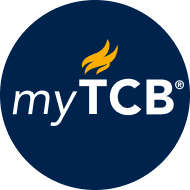
Our recent report, The Next Frontier for Employee Well-Being, outlines how CHROs can create lasting improvements to employee well-being by taking steps to embed it into the business strategy and culture. Yet well-being programs remain an essential part of any comprehensive employee benefits offering.
More on this topic from The Conference Board:
For well-being programs to work for both employers and employees, they need to align with organizational values and employers’ and employees’ priorities, be competitive and cost-effective, and provide an ROI to the business.
Our survey research yielded several insights that can provide a starting point for HR leaders to align well-being programs with organizational values and employee priorities:

myTCB® Members get exclusive access to webcasts, publications, data and analysis, plus discounts to events.
